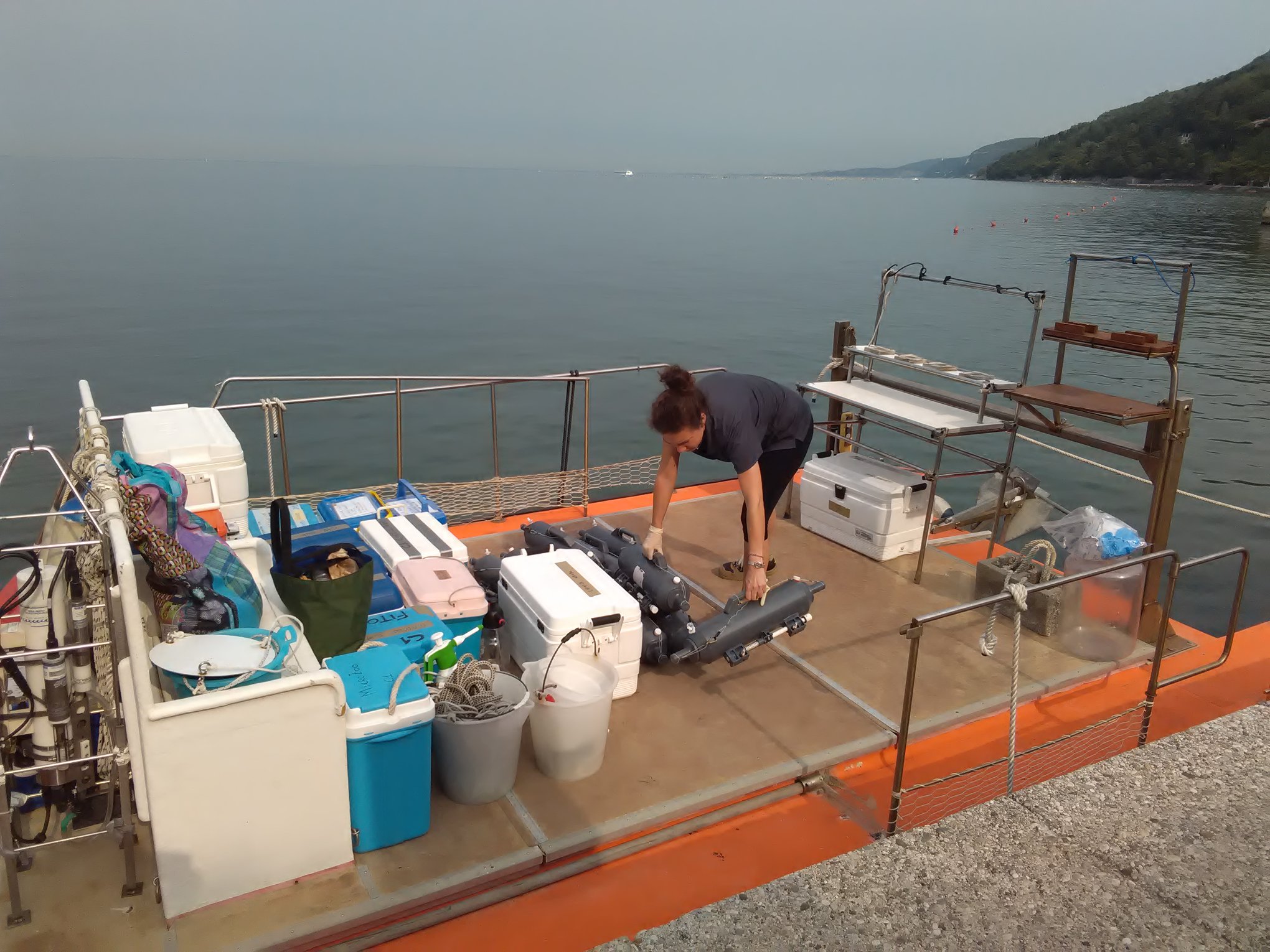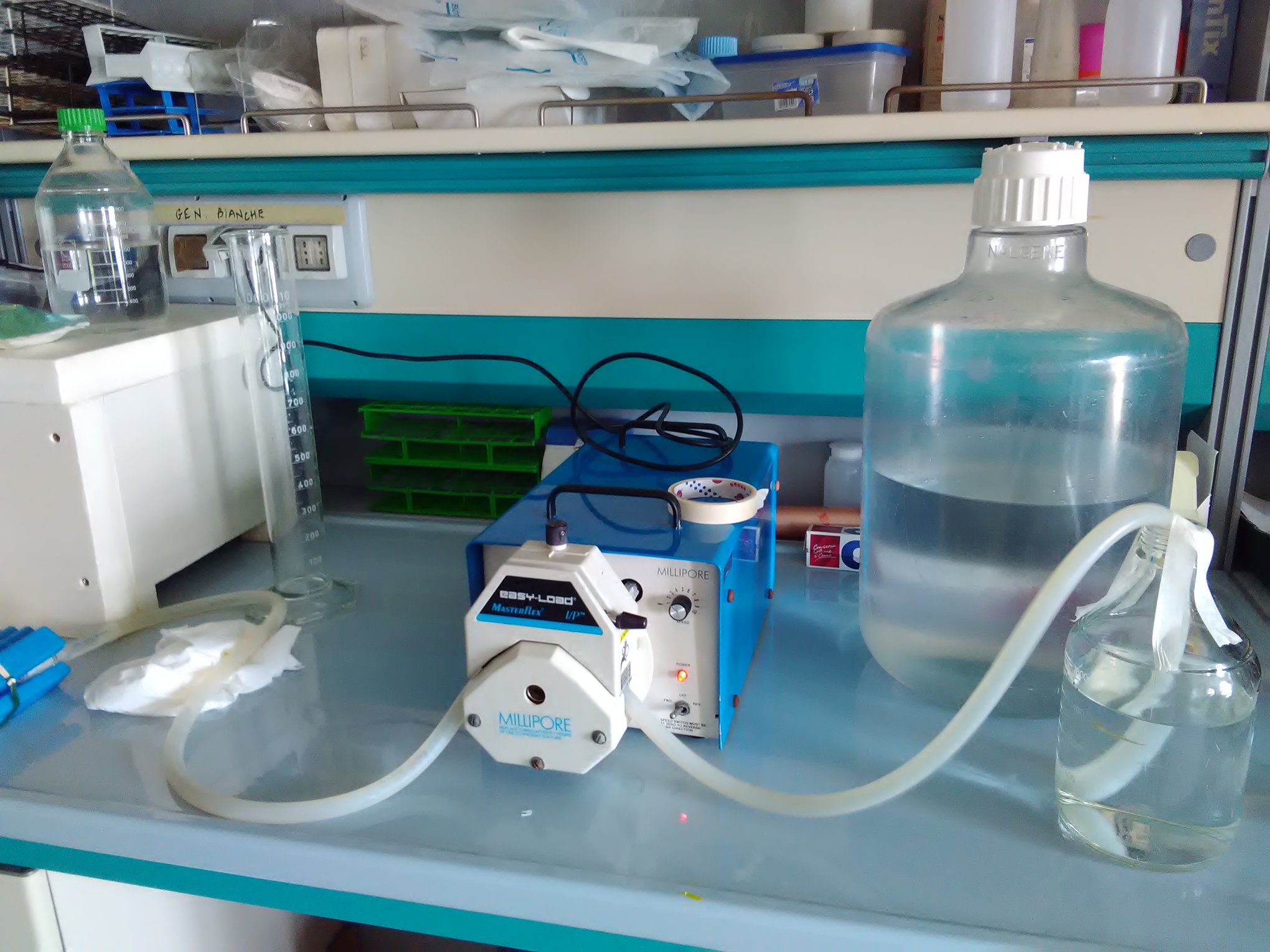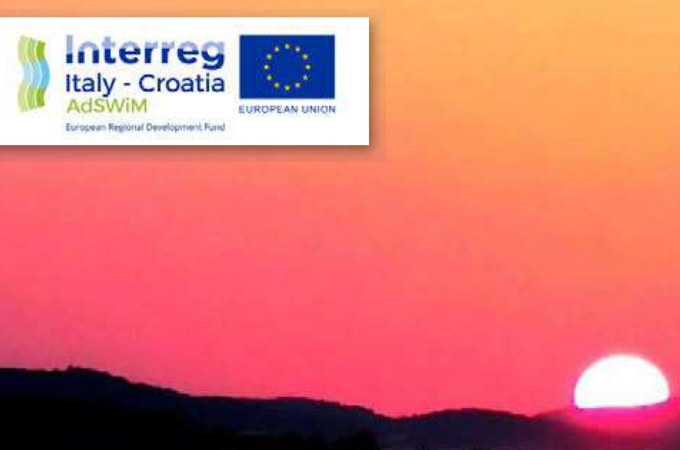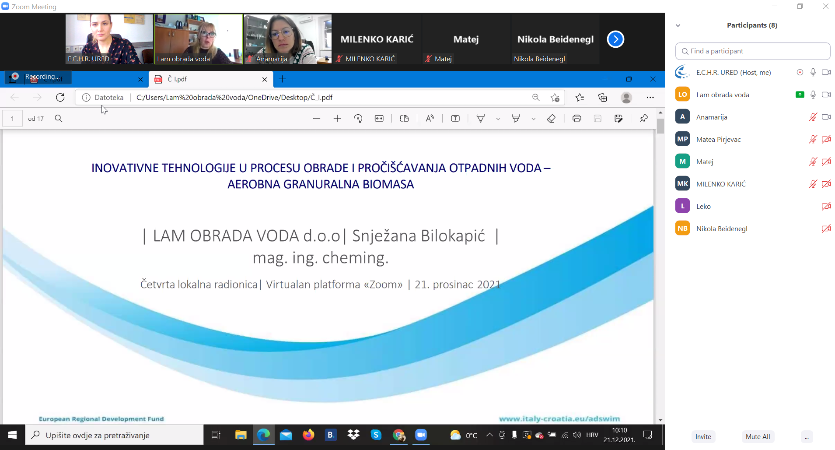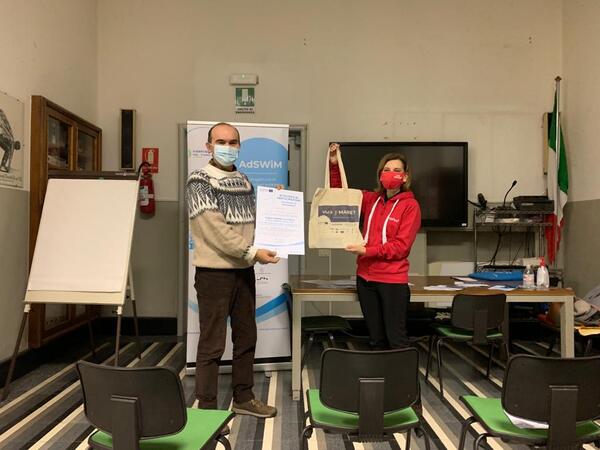These cumulative samples, related in time, space and environmental parameters, provide insights into fundamental rules describing microbial diversity and function and contribute to the blue economy through the identification of novel, ocean-derived biotechnologies. We see OSD data as a reference data set for generations of experiments to follow in the coming decade.

This is a sampling activity of ocean and coastal waters carried out simultaneously across the planet to study the biodiversity of microorganisms and their functions. About 200 sites involved: from Iceland to the Antarctic, from Moorea (French Polynesia) to South Africa.
The National Institute of Oceanography and Experimental Geophysics - OGS is also participating in the project this year with the Oceanography Section, which is sampling the Gulf of Trieste to share the results with colleagues who are part of the international Ocean Sampling Day network.
Life on Earth has an essential link with the sea: 70% of the planet is covered by oceans and marine microorganisms (bacteria, viruses, microalgae and other single-celled organisms) represent the dominant life forms whose biomass far exceeds that of higher organisms. Marine microorganisms are estimated to contribute to over half of global primary productivity, playing a role similar to that of land plants. Through their simple vital activities, such as breathing or photosynthesis, they shape the chemical composition of the oceans and the atmosphere, producing half of the oxygen we breathe. Despite their abundance, knowledge related to their biodiversity is still limited since traditional microbiological approaches do not allow their cultivation and subsequent identification. Only with the use of molecular biology techniques was it possible to verify the biodiversity department store associated with marine microorganisms.
In this context, Ocean Sampling Day is a fundamental moment because it allows researchers from all over the world to simultaneously sample prokaryotic and eukaryotic planktonic organisms using the same operating protocols. The results of the analyses, conducted with the most modern metagenomics and metabarcoding techniques, will make it possible to trace a baseline for marine biodiversity indispensable for assessing both the effects of climate change and the consequences of anthropogenic impact. The data will also be useful for contributing to the blue growth and development of biotechnology based on marine organisms. During the sampling, further environmental parameters (temperature, salinity, dissolved oxygen, pH, chlorophyll a) are also detected at each site, which will allow to obtain a contextual view on a great variety of marine environments.
OGS with today's sampling at the historical site C1, which is part of the LTER network in front of the Miramare castle, continues the series of data collection started in 2014 which aims to study the role of micro-organisms in the carbon cycle that influences the food network (from the sea to our table) and keeps the North Adriatic Sea ecosystem functioning and healthy.
The site chosen for the sampling carried out by OGS is in fact part of the LTER-Italy network created in 2006 for the promotion and coordination of ecological research characterized by the collection of data on long time scales and currently includes 79 research sites in terrestrial environments, d fresh, transitional and marine water. In these sites, research activities are conducted with the involvement of research bodies, universities, scientific and technical agencies, and local representatives of national authorities, addressing issues such as the structure, diversity, dynamics and cycles of ecosystems, with particular attention to their functioning and their change over time.
In May 2019, the special issue of the journal Nature Conservation was published entitled Italian Long-Term Ecological Research for understanding ecosystem diversity and functioning. Case studies from aquatic, terrestrial and transitional domains with three contributions from OGS researchers.
An important result because it is precisely thanks to this type of observations conducted on even thirty-year scales that it was possible to quantitatively document the negative effects due to climate changes on vegetation, to identify the presence of alien species on the Italian coasts or to report the presence of new especially in alpine areas as well as highlighting how the reduction of anthropic pressure can lead, in perspective, to the ecological recovery of aquatic basins.

